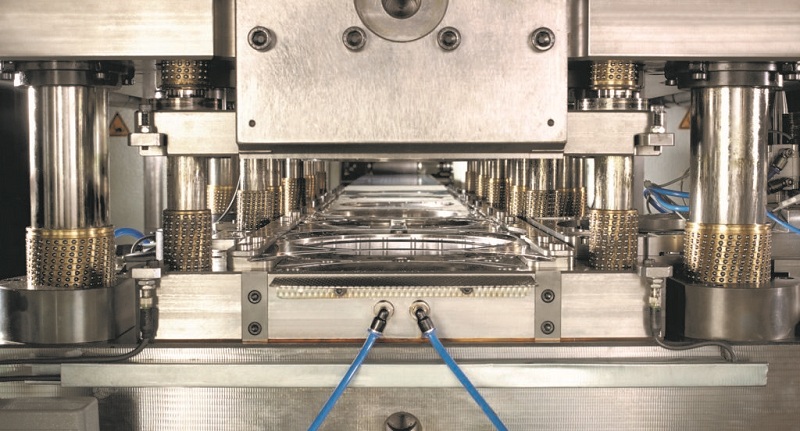
After several years of weakness, the chemical and petrochemical industry is recovering, especially in the United States and the Middle East, where raw materials are relatively cheap. In terms of stainless steel and corrosion-resistant alloys, the highly corrosive chemical, biofuel and fertilizer sectors are its main growth areas. In North America, more and more production enterprises are using ethane as a raw material, and fewer and fewer are using crude oil as a raw material. Several ethane to ethylene plants are under construction or already in operation.
U.S. industrial recovery attracts foreign investment. For example, Sasol, a South African company, has begun production of the world's first ethylene tetramerization plant in LakeCharles, Louisiana. The shale revolution in the US has reduced the power of the petrochemical and refining industries in Latin America to set prices. In Brazil, imports are up and exports are down. Another dynamic region is the Middle East, where petrochemical sector growth is the fastest in the world: the Gulf Cooperation Council has grown 19% annually over the past five years. Saudi Arabia is growing fastest. Elsewhere in the Middle East, cartels are spending $25 billion to expand the chemical and petrochemical industries by 2020. Cartel Oil and Shell will build a petrochemical production plant in Ras Laffan, and Kuwait plans to build an aromatic hydrocarbon production plant.
Unlike the US, Asia has not benefited from cheap raw materials, but the region's rapid economic development has made up for this disadvantage. The next few years will maintain a strong growth momentum. While real estate is weak, car sales, fertilizers, fine chemicals, specialty chemicals are growing, and urbanization is accelerating.

Recent innovations revolve around increasing performance, improving safety and reducing emissions. Automation is the main driver for increased performance and improved failure protection. The projects include the supply of automation equipment by Japan's YOKOGAWA Electric Corporation to Chevron Phillips' production plant in Baytown, Texas, Metso provides intelligent valve controllers to Sino-Venezuela Guangdong Petrochemical Company. Metso also supplied Neles and Jamerbury valves to the Sadara Chemical Complex in Saudi Arabia, as well as a total package of automatic control valves, on-off valves, emergency shut-off valves, ball valves and butterfly valves with ND9000 intelligent valve controllers.
The worldwide recovery of the chemical industry has brought vitality to the market for high-strength corrosion-resistant nickel, titanium, zirconium and manganese alloys. The fertilizer industry is a good example. Many plants currently under construction use ammonia production technology developed by KBR or urea production technology developed by Stamicarbon. The demand for biofuel market will increase in the coming years. BP has developed a technology to produce feedstock from syngas and ethanol. BASF is building a plant in California to produce BDO from sugar. M&G Chemicals will build a biorefinery in China to convert biomass into ethanol and glycol.
Another important market for biofuels is the petrochemical industry itself. Producers are looking for organic substitutes for crude oil. Tire manufacturers, for example, mainly use butadiene, a petroleum derivative, to produce synthetic rubber. The most promising source of biofuels is algae. In recent years, biofuels have mainly been produced using ethanol, a highly corrosive alcohol. More recently, producers are looking to use relatively non-corrosive microalgae production to replace ethanol. Microalgae has many advantages over other biofuels. The number of microalgae multiplied several times a day, 15 times the amount of ethanol produced. And microalgae production does not occur once or twice a year, but continuously. The algae is produced in sealed tanks using ethanol and glycerol in a chemical process called transesterification. The process requires the use of 304 stainless steel to manufacture the reactor and 316 (L) to manufacture the centrifugal pump, pressure relief valve and vacuum relief valve.
Properties and applications of electrical steel stainless steel tubes
2023-11-25Why the transformer core to use square electrical steel sheet?
2023-11-11The difference between 200, 300 and 400 series stainless steel
2023-10-09Titanium: A Different Story
2025-09-25Motor rotor with non-oriented silicon steel sheet thickness is not the thinner the better
2024-03-29Made of stainless steel, shining 2022 Winter Olympics!
2022-02-23






